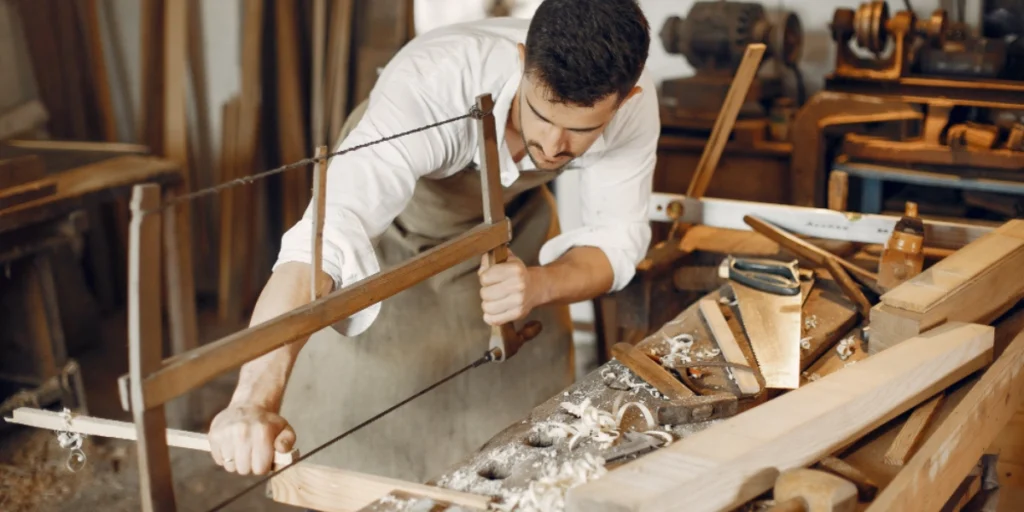In a world that’s becoming increasingly conscious of sustainability, restoring and upcycling old furniture is more than just a trend—it’s a lifestyle choice. Not only does it save money and reduce waste, but it also allows you to give new life and personal charm to outdated or worn pieces. Whether you’re a beginner or a seasoned DIYer, this guide will walk you through how to restore and upcycle furniture creatively and effectively.
Why Restore or Upcycle Old Furniture?
Restoring and upcycling serve different but complementary purposes. Restoration aims to bring a piece back to its original condition, while upcycling adds creative changes that transform it into something new or more useful. Both approaches allow you to:
- Save money compared to buying new
- Reduce landfill waste
- Preserve the character of vintage furniture
- Customize your decor with unique, handmade pieces
What Furniture Is Best for Restoration?
Start with solid wood furniture, as it’s more durable and easier to repair than laminate or particle board. Great options include:
- Wooden chairs and tables
- Dressers and chests
- Bookshelves and cabinets
Avoid heavily damaged items with mold, pests, or structural weakness unless you’re experienced with complex repairs.
Basic Tools & Materials You’ll Need
Before diving into your first project, gather the following essentials:
- Sandpaper or an electric sander
- Wood filler and putty knife
- Primer and paint or wood stain
- Brushes and rollers
- Screwdrivers, pliers, and a hammer
- Sealer or polyurethane finish
Optional but helpful:
- Electric drill
- Furniture wax or polish
- Chalk paint (for upcycling with a matte finish)
Step-by-Step Guide to Furniture Restoration
1. Clean the Surface
Remove any dust, dirt, or old polish using mild soap and water. Let it dry completely.
2. Remove Old Finish
Use sandpaper or a chemical stripper to remove paint or stain. Always wear gloves and work in a ventilated area.
3. Repair Damage
Fill in scratches, holes, or dents using wood filler. Tighten loose joints and replace any broken hardware.
4. Sand Smooth
Sand again to smooth out any filled areas and prepare for painting or staining.
5. Stain or Paint
Choose your finish: a rich wood stain for a classic look or bold paint for a modern upgrade. Apply evenly and allow to dry.
6. Seal It
Use a clear coat or wax to protect the finish and add a polished look.
Upcycling Ideas to Spark Creativity
Upcycling doesn’t just restore—it reimagines. Here are a few creative transformations:
- Old ladder → Bookshelf
- Crib → Desk or bench
- Dresser drawers → Floating shelves
- Wooden door → Headboard or table top
You can also stencil designs, apply decoupage, or upholster with trendy fabrics to add flair.
Where to Find Furniture to Restore
If you don’t have old furniture at home, try these sources:
- Thrift stores
- Garage sales
- Facebook Marketplace
- Estate auctions
- Curbside pickups or community giveaways
Look for pieces with potential—even if they look rough, solid structure is what matters most.
Eco-Friendly and Stylish
Upcycling old furniture isn’t just cost-effective—it’s also one of the best ways to practice sustainability in home decor. You reduce demand for new materials, minimize waste, and get to show off your craftsmanship.
With every project, you build skills, save money, and bring character into your living space. What was once forgotten becomes functional and beautiful again.
Final Words
Restoring and upcycling furniture is rewarding, creative, and eco-conscious. Whether you’re reviving a family heirloom or transforming a flea market find, each piece becomes a conversation starter and a labor of love. You don’t need a professional workshop—just the right tools, vision, and a bit of time.


